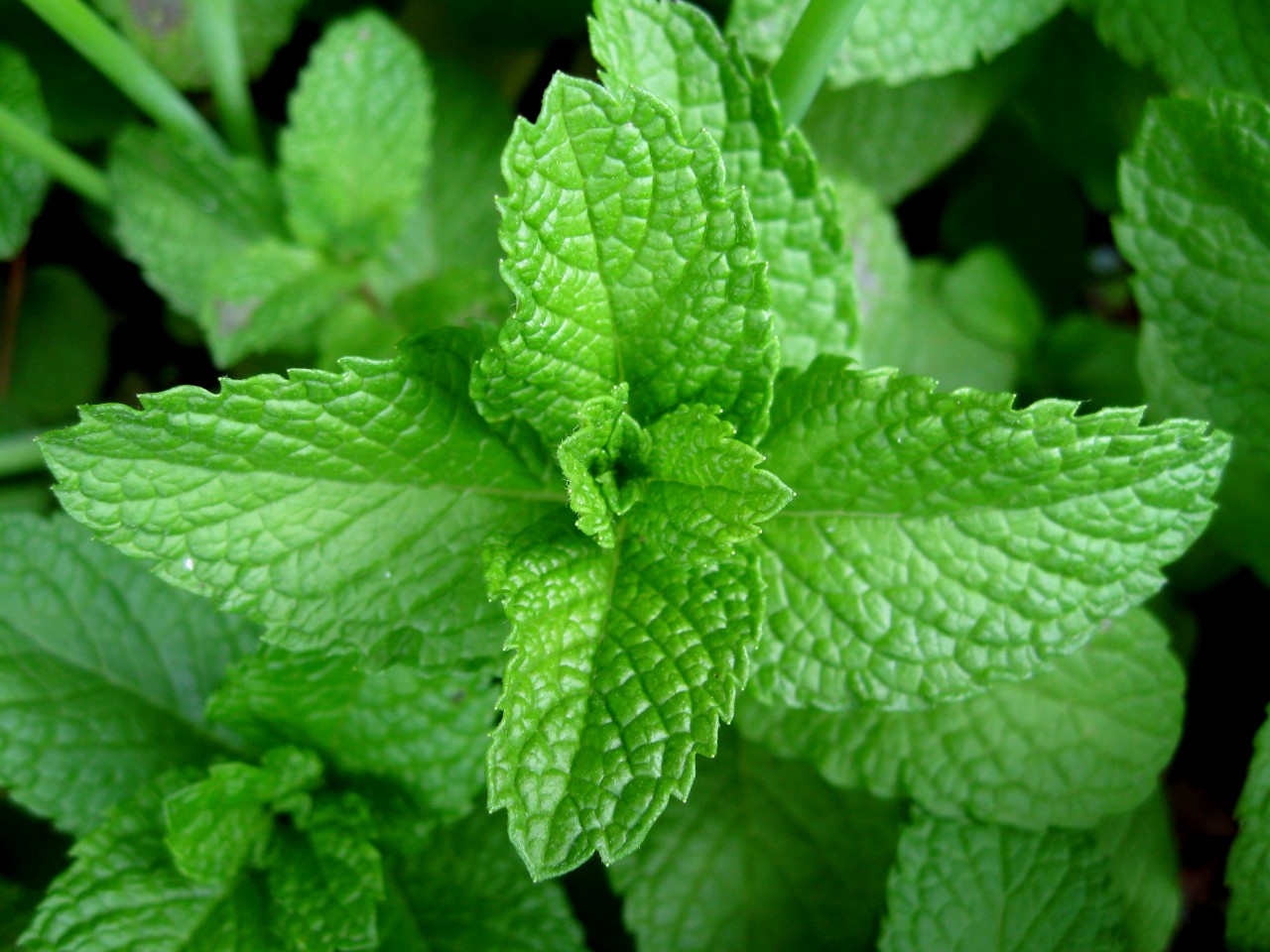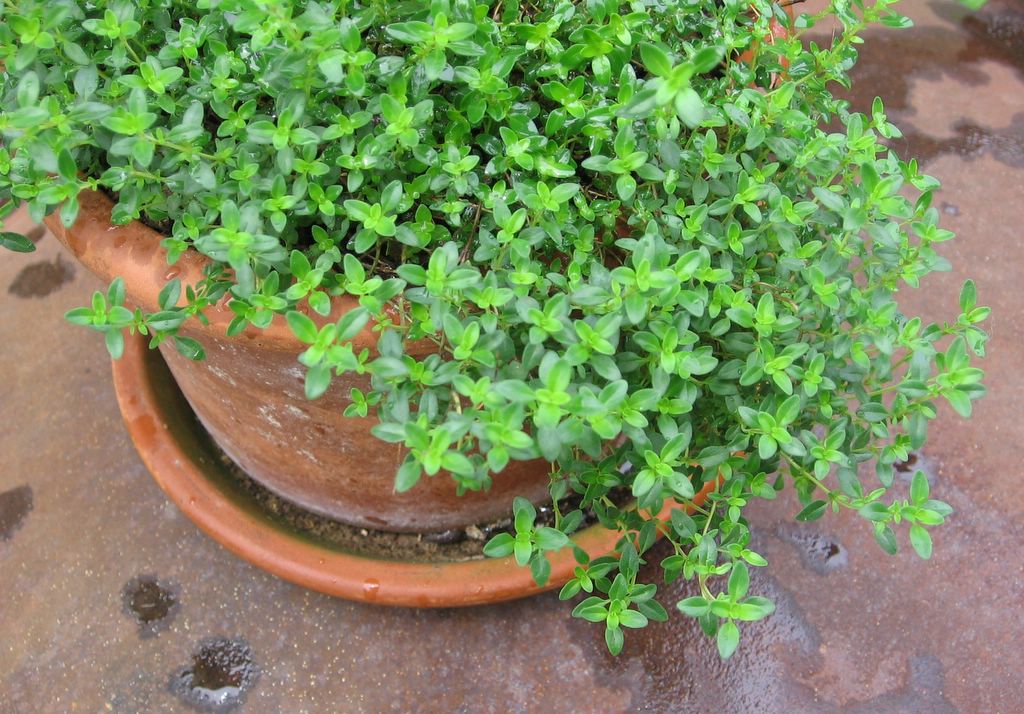Helichrysum italicum:
 More commonly known as the Curry Plant because of it's strong smelling leaves. This obviously appeals to the sense of smell so will be used in that part of the garden.
More commonly known as the Curry Plant because of it's strong smelling leaves. This obviously appeals to the sense of smell so will be used in that part of the garden. It is a flowering plant that produces yellow flowers in the Summer. These are often used in dried flower arrangements.
Ironically, this plant is not used in curry dishes as it actually has a taste similar to that of sage or wormwood. Instead it is stewed with meat in some Mediterranean dishes
Lavandula:
Lavender is a genus (species) of the mint family, Lamiaceae. Found in most gardens, it is well known for it's strong scent and bright purple colour. It is mainly grown for it's oil, which is used for it's antiseptic and anti-inflammatory properties. Lavender also has many culinary uses - it is often infused in cupcakes, scones and marshmallows. Dried lavender is used when storing clothes, etc. to give a fresh fragrance and deter moths.
 |
| French Lavender |
 |
| English Lavender |
We are planting the two most common types of lavender: Lavandula angustifolia (English Lavender) and Lavandula stoechas (French Lavender). These two differ slightly in apperance but are both very attractive. Their high colour and aroma will make up part of the smell and sight areas in the garden.
Melissa Officinalis: Normally known as Lemon Balm, this perennial herb produces a fresh, citrus scent. It is also part of the Lamiaceae mint family. It is used to flavour ice-creams and herbal teas. Citronella candles are also products of lemon balm. This plant will be used in the scent part of the garden.
The Taste and Smell Garden:
Many of the plants that will be part of this area are used both for their smell and taste. These plants are a mixture of herbs and onions. They include:
Thyme - a Mediterranean herb, most commonly used as a dried herb in food preparation. It's oil contains Thymol, an antiseptic used in mouthwash, etc.
Chives - the smallest species of edible onions. Commonly used in soups and fish dishes, they are a flavouring herb. Mint - a strongly scented herb with many culinary and medicinal uses. it is used in herbal teas and lamb dishes. It is used to treat colds and chest infections as the strong, fresh smell clears the airways.
Mint - a strongly scented herb with many culinary and medicinal uses. it is used in herbal teas and lamb dishes. It is used to treat colds and chest infections as the strong, fresh smell clears the airways.After learning about what we would be planting and why we would be doing it, we began the physical work in the courtyard.
We weeded the the flower beds to allow room for the roots of the new plants to grow. Removing the weeds also makes the beds more attractive.
We then tossed the soil in the beds. As no one had been looking after the garden during the summer holidays, the top layer of soil had dried out. By mixing it with the bottom layers of soil, we mixed the nutrients around in the beds, and incorporated air and oxygen into the soil. Nutrients such as nitrogen and oxygen are essential for growth.
At the end of the class, we each planted a pansy in the circular flower bed. These are very unusual, yet colourful plants that created an almost border around the rest of the flowers.



